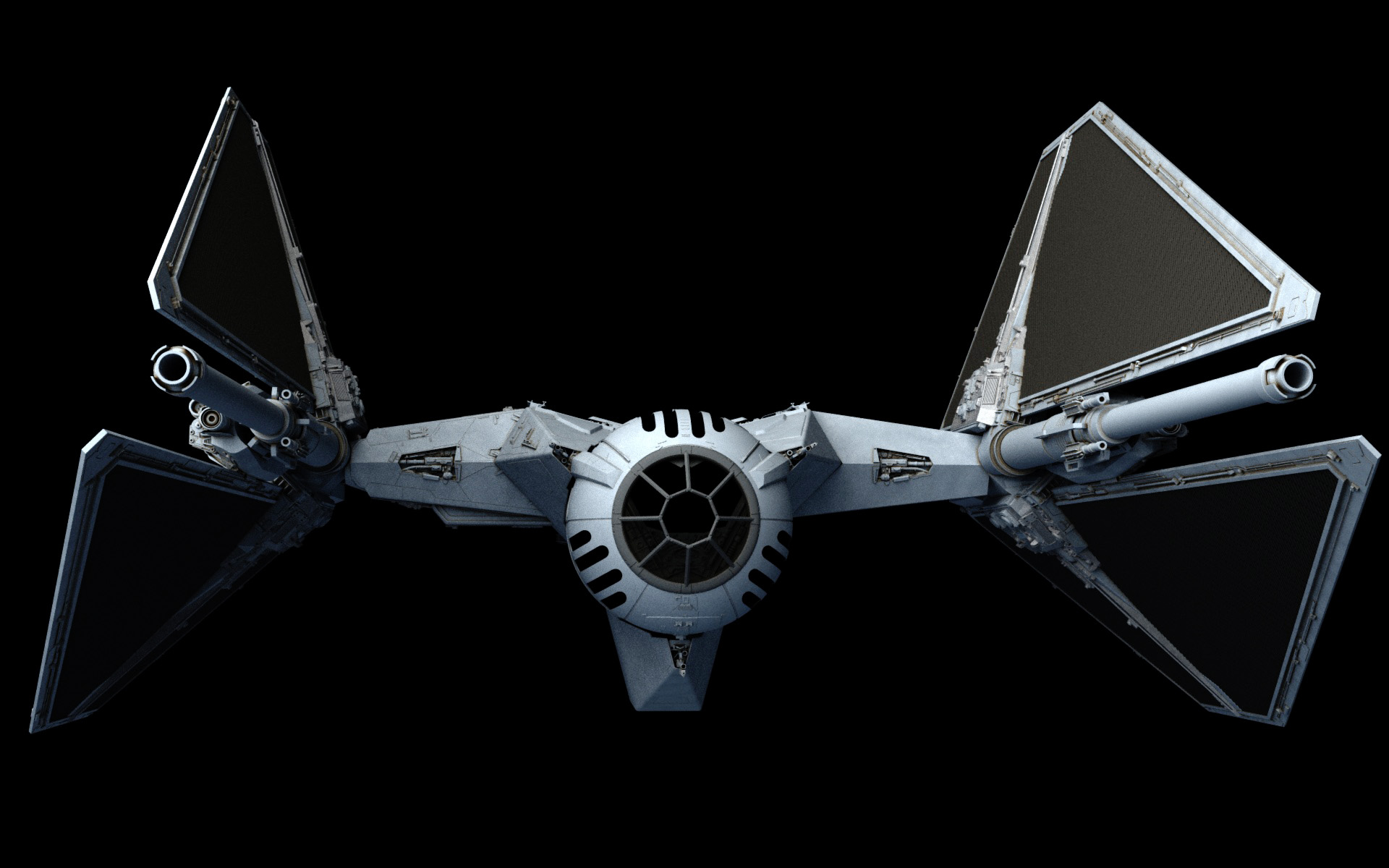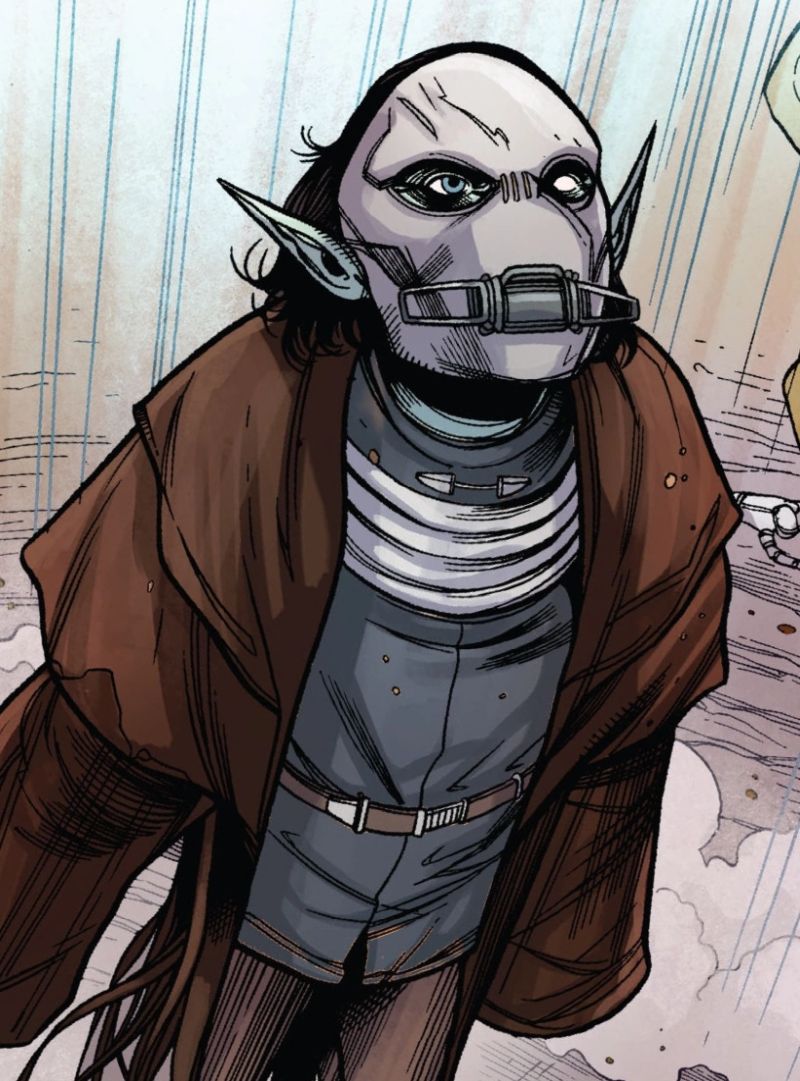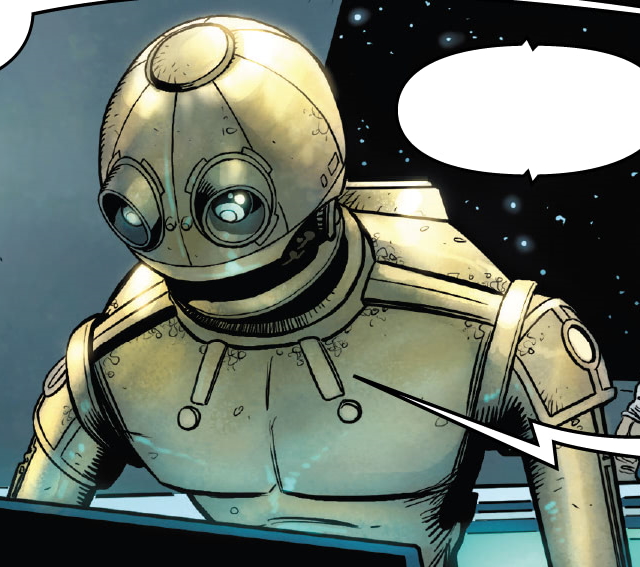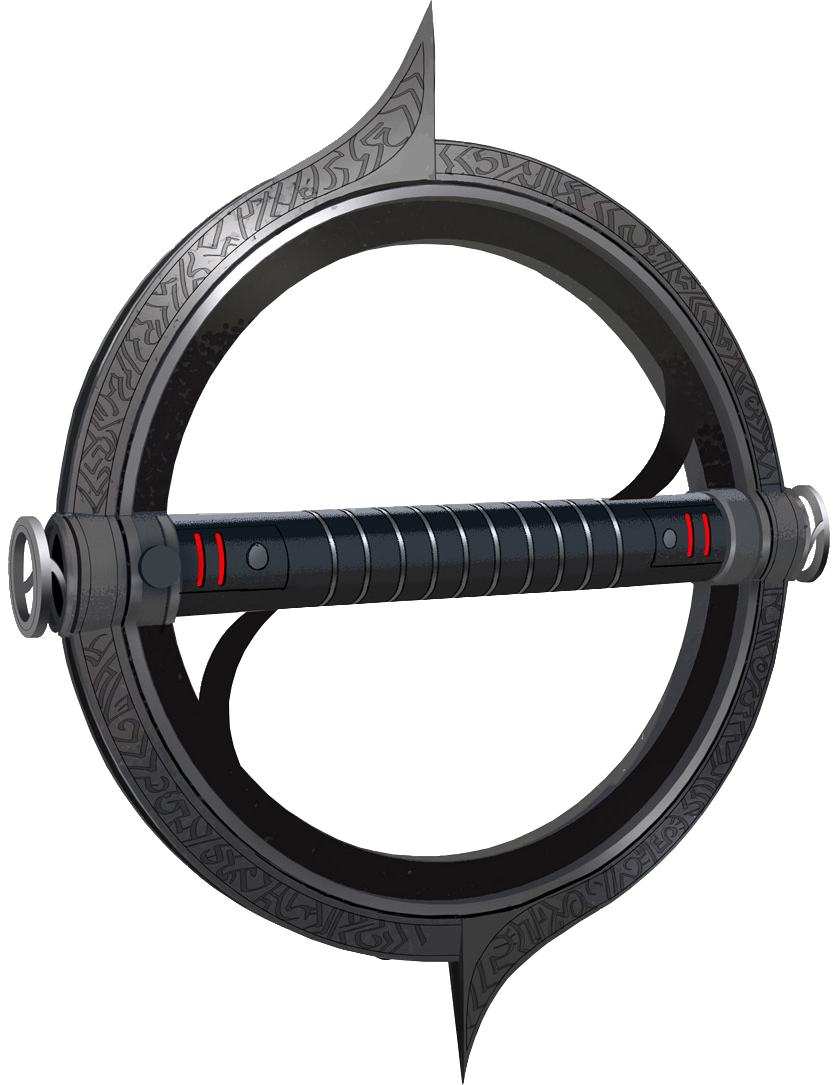 Name: Sienar Fleet Systems TIE Mangler Heavy Attacker
Scale: Starfighter
Length: 14 meters long, 18 meters wide
Skill: Starfighter Piloting - TIE
Crew: 2
Consumables: 1 Day
Cargo Capacity: 30 Kg
Hyperdrive Multiplier: x2
Hyperdrive Backup: No
Nav Computer: Limited to two jumps
Space: 8
Atmosphere: 375;900kmh
Maneuverability: 2D
Hull: 3D
Shields: 1D
Sensors:
Passive: 35/1D
Scan: 50/2D
Search: 70/3D
Focus: 3/3D+2
Weapons:
2 L-s9.3 Laser Cannons (Fire Linked)
Fire Arc: Front
Fire Control: 3D
Space: 1-3/12/25
Atmosphere Range: 100-300/1.2/2.5km
Damage: 5D+2
2 * H7 Light Turbolasers (Fire-Linked)
Fire Arc: Front
Fire Control: 2D
Space: 1-4/13/30
Atmosphere Range: 100-400/1.3/3km
Damage: 7D
Projectile launcher (6 Projectiles (6 Proton Torpedoes or 12 Concussion Missiles)
Fire Arc: Front
Fire Control: 2D
Space: 1/3/7
Atmosphere Range: 50-100/300/700
Damage: Proton Torpedoes (9D) / Concussion Missiles (7D)
Description: SFS was also approached and pointedly told to help resolve the current Rebel problem with regards to the Navy’s fighters. The TIE Fighter was a very dangerous craft in the hands of a good pilot, but most Pilots rarely survived a single tour in the very fragile fighter before they could learn to fully exploit the speed and maneuvering quirks the TIE series offered. The far more capable TIE Interceptor was seen as a major improvement and a step in the right direction, but other craft were also to be developed to counter Rebel and Pirate fighters.
The biggest hurdle was the navy’s bureaucracy and the Admiralty’s staunch opposition to fighters being equipped with hyperdrives out of concern that it would take funding away from capital ships. But SFS knew there was many ways to skin a Grek.
Their first offering was not a fighter but what SFS called a ‘Heavy Attacker based on the TIE series for ease of maintenance and supply’. What they designed was a monster 14 meters long and 18 meters wide with dagger like wings similar to a TIE Interceptor as well as an enlarged cockpit that, whilst visually similar to a standard TIE pod was larger and would fit the crafts two man crew. Almost half again as large as the TIE Interceptor the ship was more like a small shuttle and its hull section was packed with systems which included a shield generator that was roughly as capable of resisting fire as the older ARC-170 fighter as well as, most surprisingly, a hyperdrive motivator.
Here though the Admiralty and ISB insisted that the Hyperdrive be very limited in scope. A slow Class 2 drive, the drive had to be pre-programmed prior to launch and could only accept jump coordinates from the ship it was based upon and could only accept 2 jump coordinates.
Unlike the more versatile XG-1 Starwing the new TIE was seen as a heavy attack craft than a patrol craft and to do this the new design was very heavily armed. The chin mounted lasers were the more powerful L-s9.3 laser cannons and each ship also had a pair of launch tubes that could carry a total of six Proton torpedoes or twelve concussion missiles. But the main punch came from a pair of heavily modified H7 Light Turbolasers. These fearsome weapons could obliterate a fighter with a hit and cause heavy damage to shields and hull plating, giving the new craft, now designated the TIE Mangler a huge punch. Unfortunately the rate of fire of the H6 was reduced and needed recoil compensators as well as large gas reserves and their own power generators to operate Because of the power requirements of the H7’s as well as the other onboard systems an enlarged reactor was fitted and this drove up weight and five P-s5.6 engines were mounted to give the craft its speed and maneuverability but the Mangler’s speed was not that high, being a little faster than the Rebel Y-Wing, which was still an accomplishment for a craft its size.
Expensive to produce the Mangler was put forwards to the Imperial Navy as a heavy attack craft and immediately Cygnus Spaceworks complained and pointed to the contracts already signed for the production and distribution of the Xg-1 Starwing in the same role.
Legal wrangling and bribes saw both craft enter production. The Xg-1 was more flexible and was easier to fly and its more capable hyperdrive and roomier cockpit made it an ideal patrol and quick reaction craft. And it had ion cannons which made it an ideal anti-Pirate craft.
The Mangler was a straight up attack craft, its turbo lasers gave it a huge punch but it was far less suited for patrols or interdiction duties, but the firepower of the turbolasers couldn’t be underestimated. The big fighter’s proponents also pointed to successful engagements where the ‘fighter’ had destroyed a CR-90 corvette with just their turbolasers when operating as a flight of six fighters without expending valuable ordinance which could be intercepted or fooled by jamming and other passive defences.
Several Imperial aces were part of the Mangler program and this helped set the TIE Mangler apart from the Xg-1, as the Mangler was seen as a craft for elite pilots and the Xg-1 was better for less skilled pilots.
This saw the Xg-1 being assigned to less elite pilots and less glamerous roles such as anti-pirate patrols or being based aboard older ships as well as space stations. This though, in turn saw a higher number of them in service and orders kept pouring into Cygnus. The TIE Mangler was seen as the domain of the elite of the Imperial Fighter Corps and TIE Bomber pilots who survived several tours would form the core of the Mangler pilots. Assigned to Command Dreadnoughts like the Executor or other large capital ships as well as prestige squadrons like Death Squadron, the Mangler was far less common and was only seen in fleets that were expecting to see heavy combat and was produced in far smaller numbers than the Xg-1. Because of their size, even an Imperator II could only carry a dozen Mangler’s in place of its Xg-1’s but this wasn’t seen as a drawback as Imperator II class ships were expected to see more combat and didn’t need a ‘patrol and interdiction’ craft.
|












